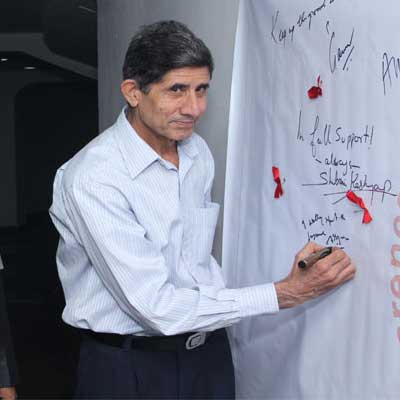



HIV stands for the human immunodeficiency virus. It is one of a group of viruses known as retroviruses. After getting into the body, the virus kills or damages cells of the body's immune system. The body tries to keep up by making new cells or trying to contain the virus, but eventually the HIV wins out and progressively destroys the body's ability to fight infections and certain cancers.
AIDS stands for the acquired immunodeficiency syndrome. It is caused by HIV and occurs when the virus has destroyed so much of the body's defenses that immune-cell counts fall to critical levels or certain life-threatening infections or cancers develop.
It is not possible to reliably diagnose HIV infection or AIDS based on symptoms alone. HIV symptoms are very similar to the symptoms of other illnesses. So the only way to know for sure whether a person is infected with HIV is for them to have an HIV test.
In the early stages, a mild flu and swollen glands are typical. But the symptoms are often unmistakable when full-blown AIDS develops. Loss of appetite, weight loss, constant fever, prolonged fatigue, diarrhea, constipation, changing bowel patterns, swollen glands, chills coupled with excessive sweating, especially at nights, lesions in the mouth, sore throat, persistent cough, shortness of breath, tumours, skin rashes, headaches, memory lapses, swelling in the joints, pain in various parts of the body, vision problems and a regular feeling of lethargy and ill health make up the litany of symptoms.
Contrary to public perception, you can't get HIV infected by drinking from a water fountain, sitting on a toilet seat, hugging or touching an HIV infected person, or by eating off plates and utensils. The following are ways HIV can be transmitted from one person to another:
Often people who are newly HIV infected have few or no symptoms. Other times, symptoms of HIV are confused with other illnesses such as the flu. If a person were to have symptoms they would include:




